The Freddie King Blues classic arranged for C Tuning Ukulele and capturing the classic licks.
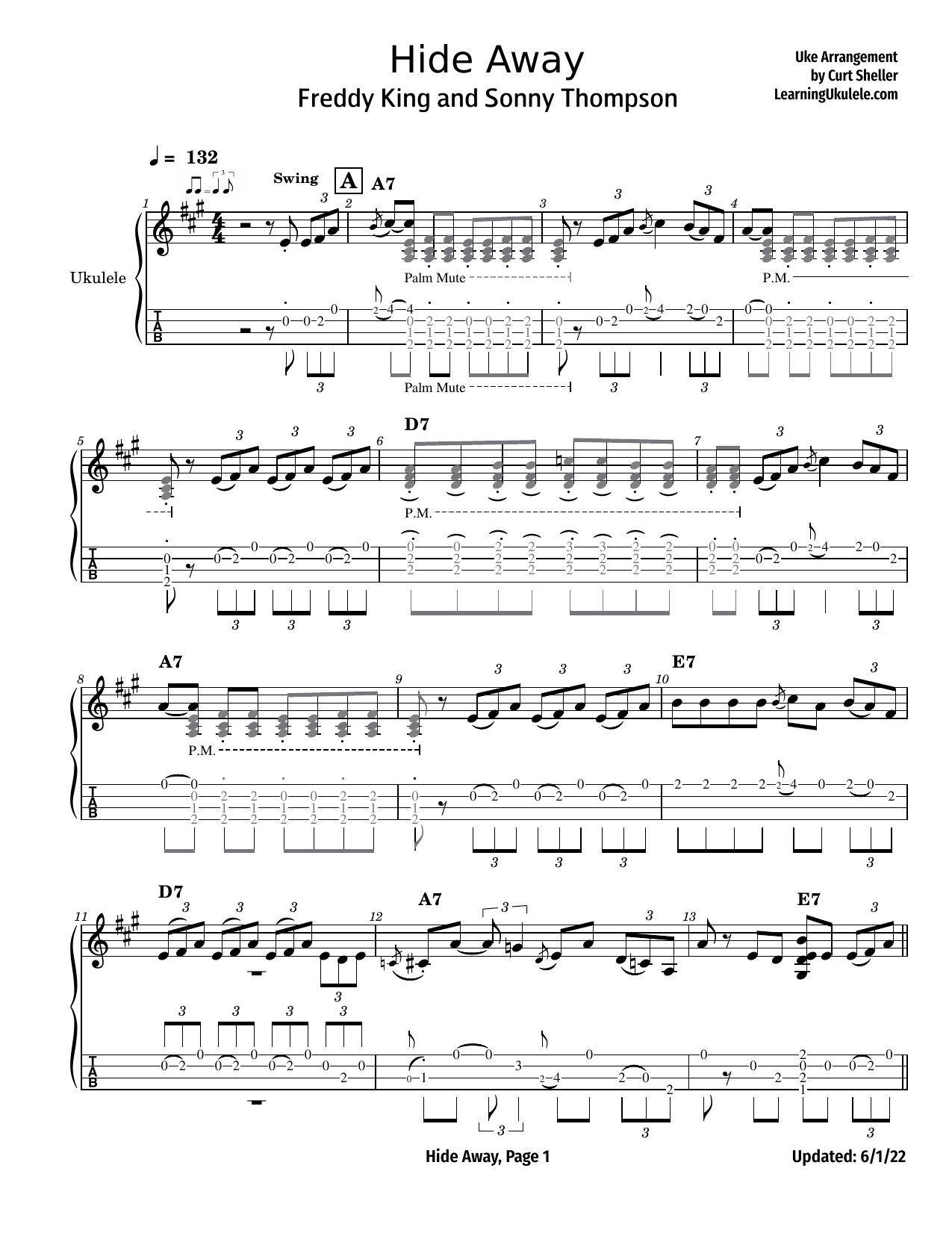
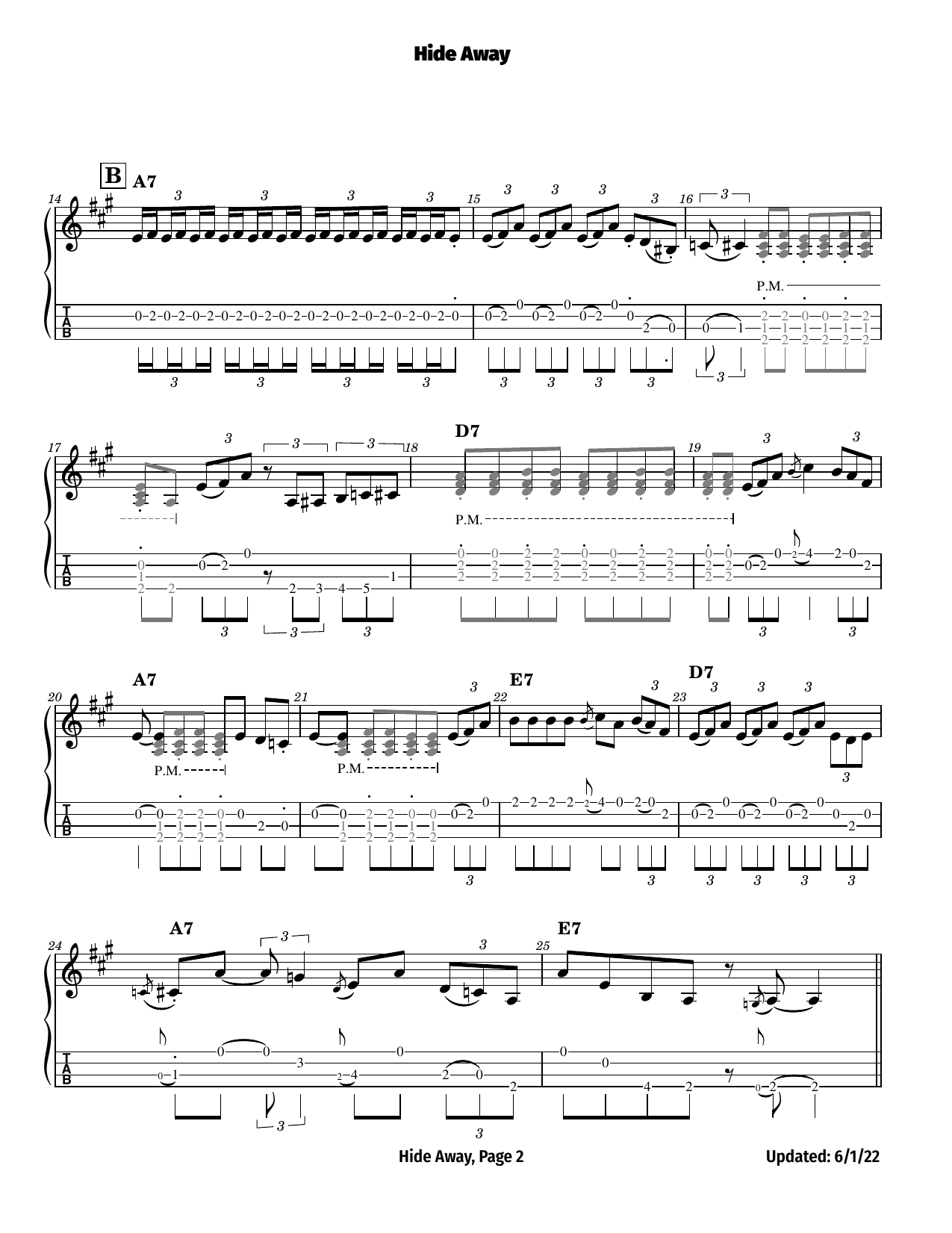
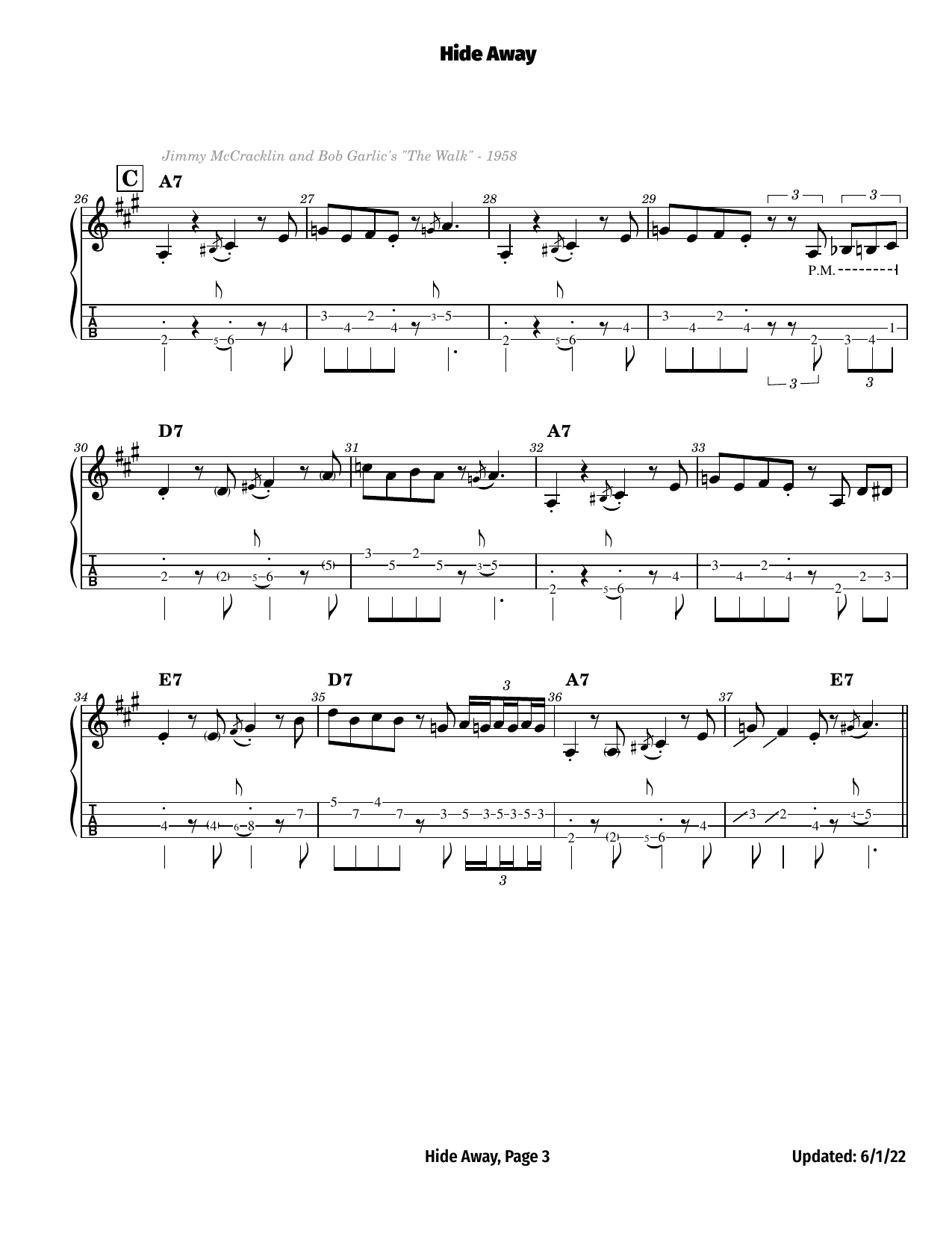

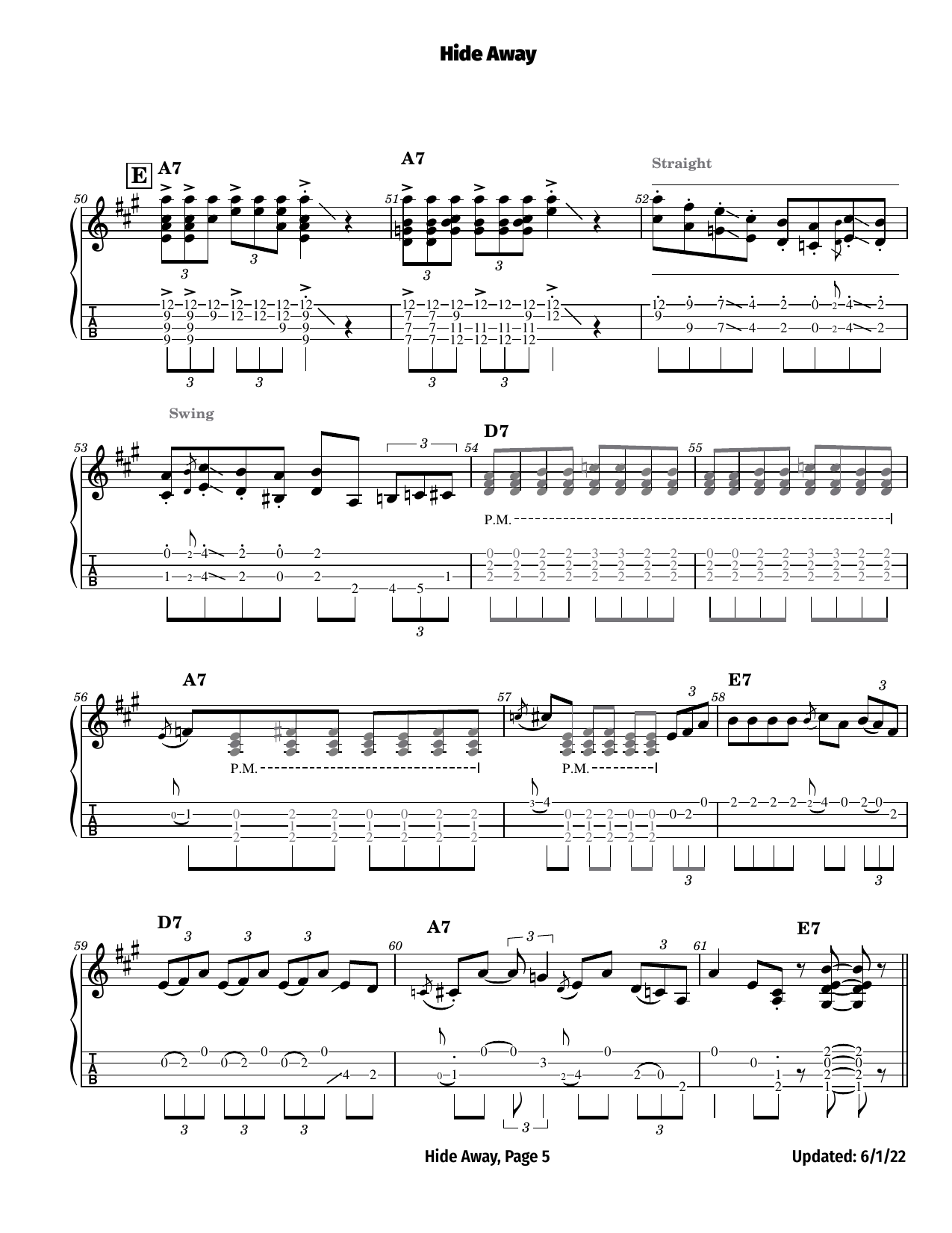
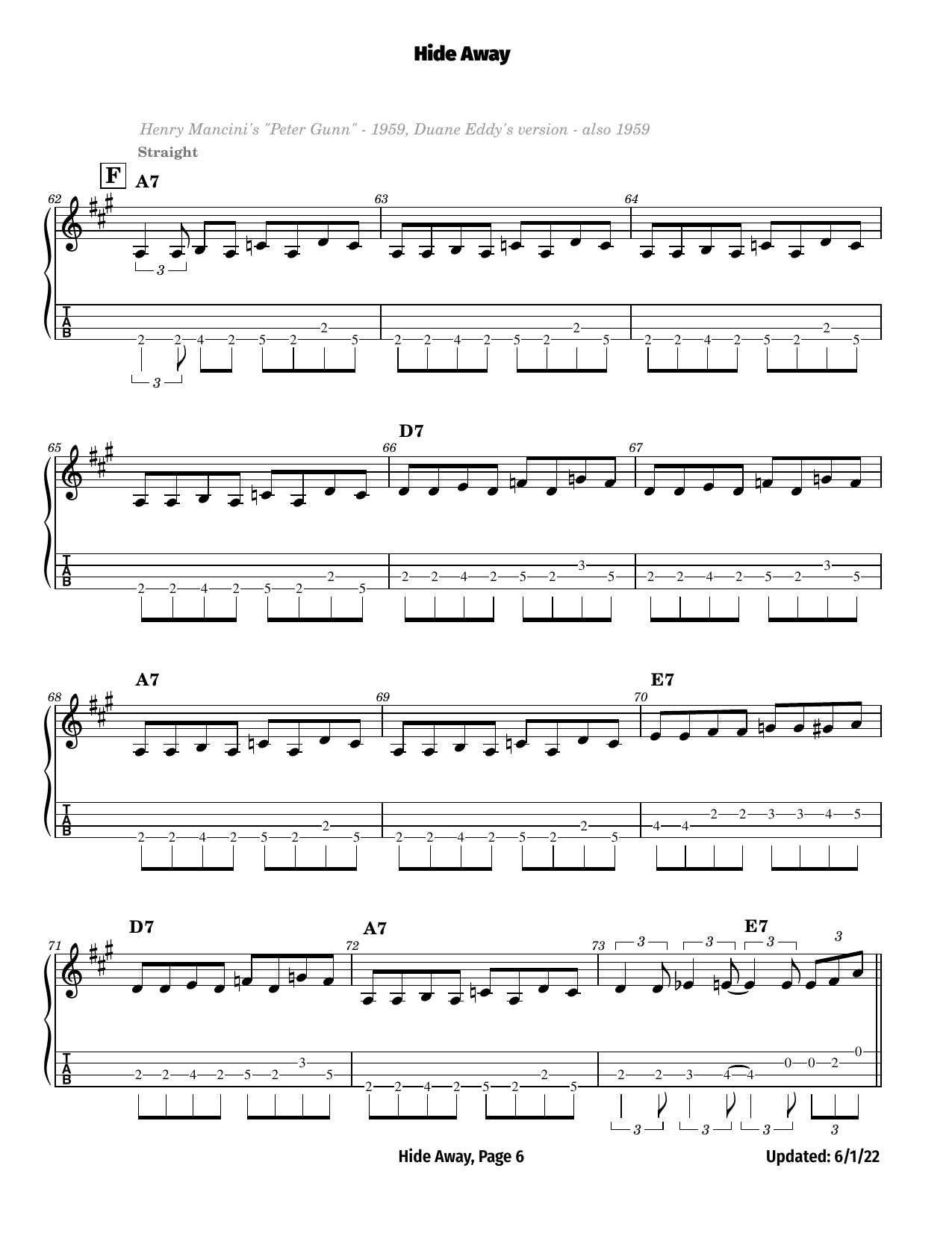
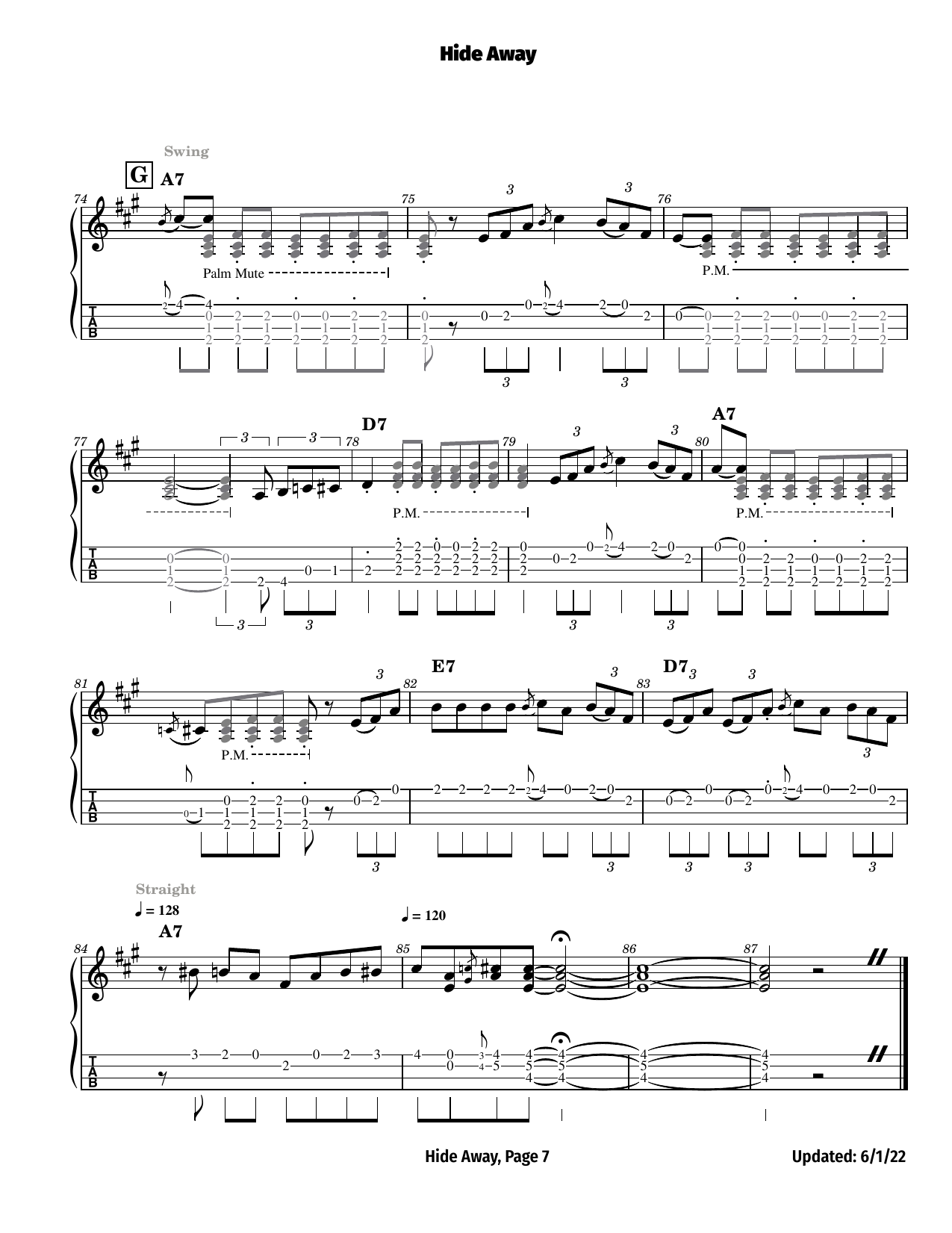
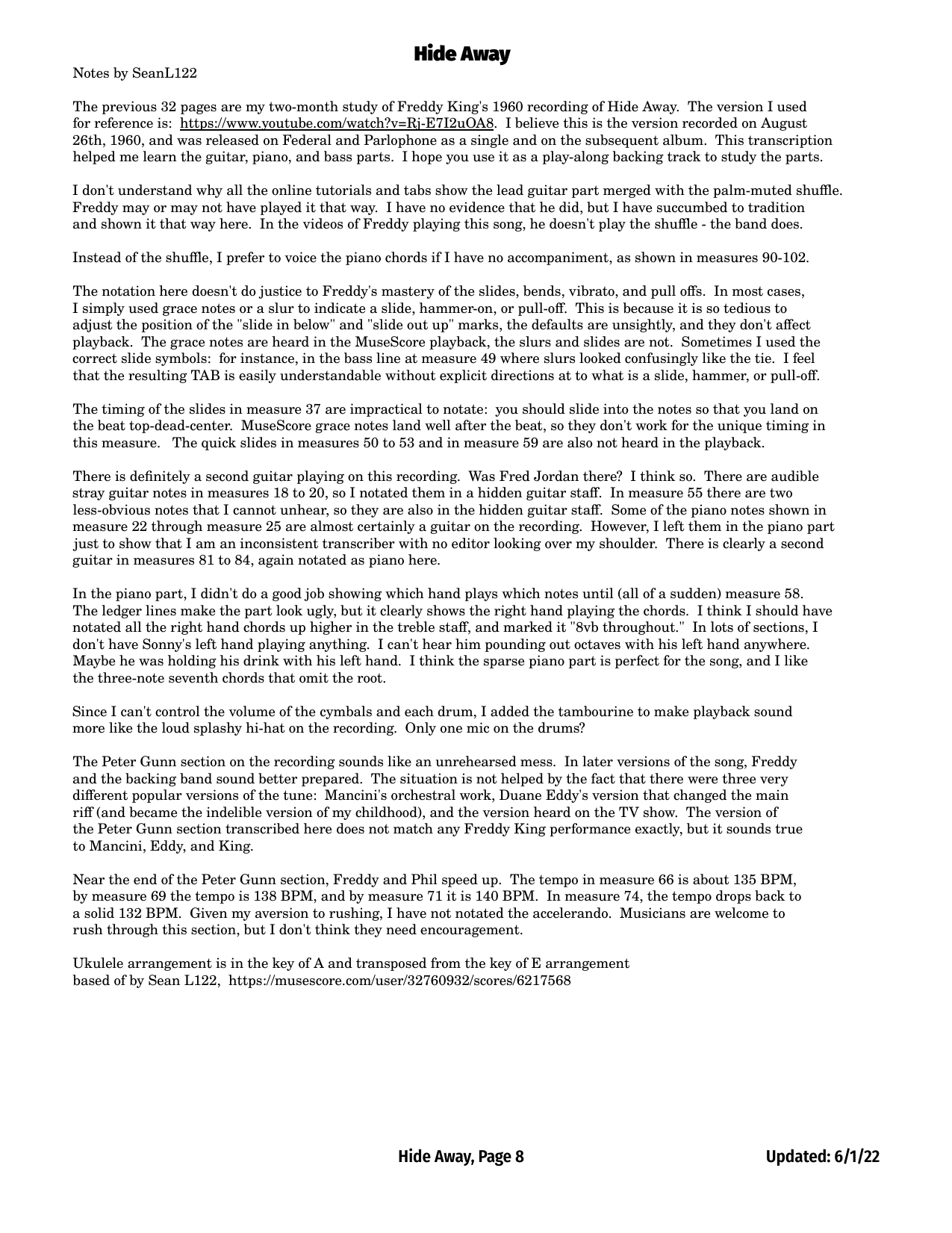








View the Main Song Downloads section below to download the song files for the complete and most up-to-date versions.
The Freddie King Blues classic arranged for C Tuning Ukulele and capturing the classic licks.
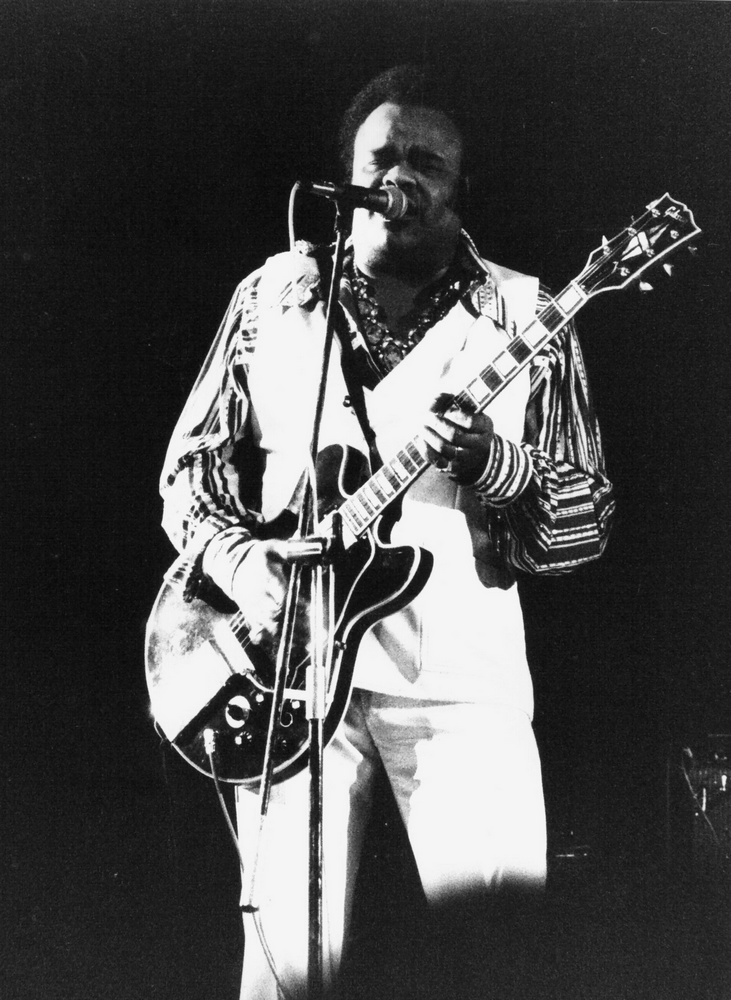
Freddie King (September 3, 1934 – December 28, 1976) was an American blues guitarist, singer and songwriter. He is considered one of the "Three Kings of the Blues Guitar" (along with Albert King and B.B. King, none of whom were blood related). Mostly known for his soulful and powerful voice and distinctive guitar playing, King had a major influence on electric blues music and on many later blues guitarists.
Hide Away
or Hideaway
is a blues guitar instrumental that has become a standard for countless blues and rock musicians performing today
. First recorded in 1960 by Freddie King, the song became a hit on the record charts. It has been interpreted and recorded by numerous blues and other musicians and has been recognized by the Rock and Roll Hall of Fame and the Grammy Hall of Fame.
In 1995, Rock and Roll Hall of Fame identified Hide Away
as one of the 500 Songs That Shaped Rock and Roll
. The song received a Grammy Hall of Fame Award in 1999 and in 2007 was inducted into the Blues Foundation Hall of Fame. In a song review for AllMusic, Bill Dahl commented: No respectable blues band would dare mount a stage without having 'Hide Away' in their arsenal as their principal instrumental break song. So rousingly recognizable is its galloping shuffle groove and stinging melody that it has reigned as the blues set-closer for several decades.
He added that the instrumental's appeal went beyond blues and was often performed by surf bands
Freddie King and Hideway information from Wikipedia
Resources & Links
The TAB in any arrangement, including this one can only show one way to play any particular phrases. I recommend you be able to perform/play phrases, licks, riffs, runs, melodies, you get the idea — multiple different positions and fingerings on the ukulele.
Hide Away
A Note on TAB
The TAB, in any arrangement, including this one, can only show one way to play any particular phrase. I recommend you be able to perform/play phrases, licks, riffs, runs, melodies—you get the idea—in multiple different positions and fingerings on the ukulele.
TAB,
or "tablature," is an alternate form of musical notation, which tells players where to place their fingers on a particular instrument rather than which pitches to play. TAB is sort of a secret language between guitar players and ukulele players. Although it is a shortcut to getting started it actually serves to alienate one from the rest of the music world.
From the five phases of reading music, TAB only shows the note location, what string, and what fret to play the note. Some TAB shows the rhythmic duration as well. Fingering considerations are typically left up to the player as in standard music notation, but can be shown. TAB cannot show the contour and rhythmic density of music or address the ukulele’s ability to play the same note at alternate locations.
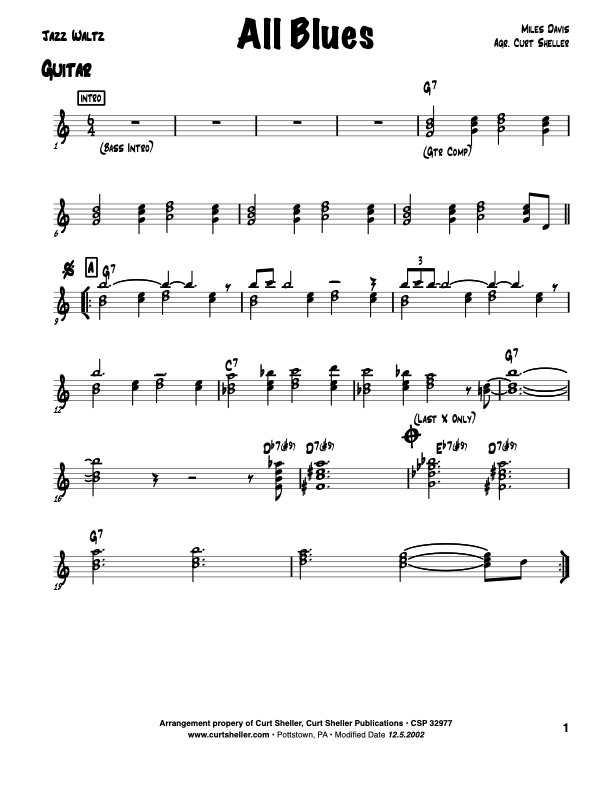
All Blues is a jazz composition by Miles Davis first appearing on the influential 1959 album Kind of Blue. It is a twelve-bar blues in; the chord sequence is that of a basic blues and made up entirely of seventh chords, with a VI in the turnaround instead of just the usual V chord. In the song's original key of G this chord is an E7. "All Blues" is a modal blues in G mixolydian.
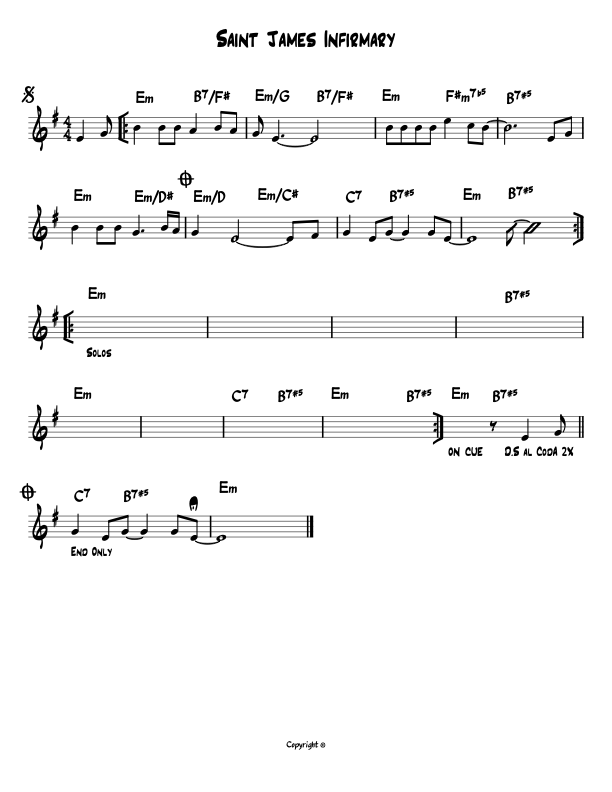
"St. James Infirmary Blues" is an American blues song of uncertain origin. Louis Armstrong made the song famous in his 1928 recording on which Don Redman was credited as composer; later releases gave the name Joe Primrose, a pseudonym of Irving Mills. The melody is 8 bars long, unlike songs in the classic blues genre, where there are 12 bars. It is in a minor key, and has a 4/4 time signature, but has also been played in 3/4.
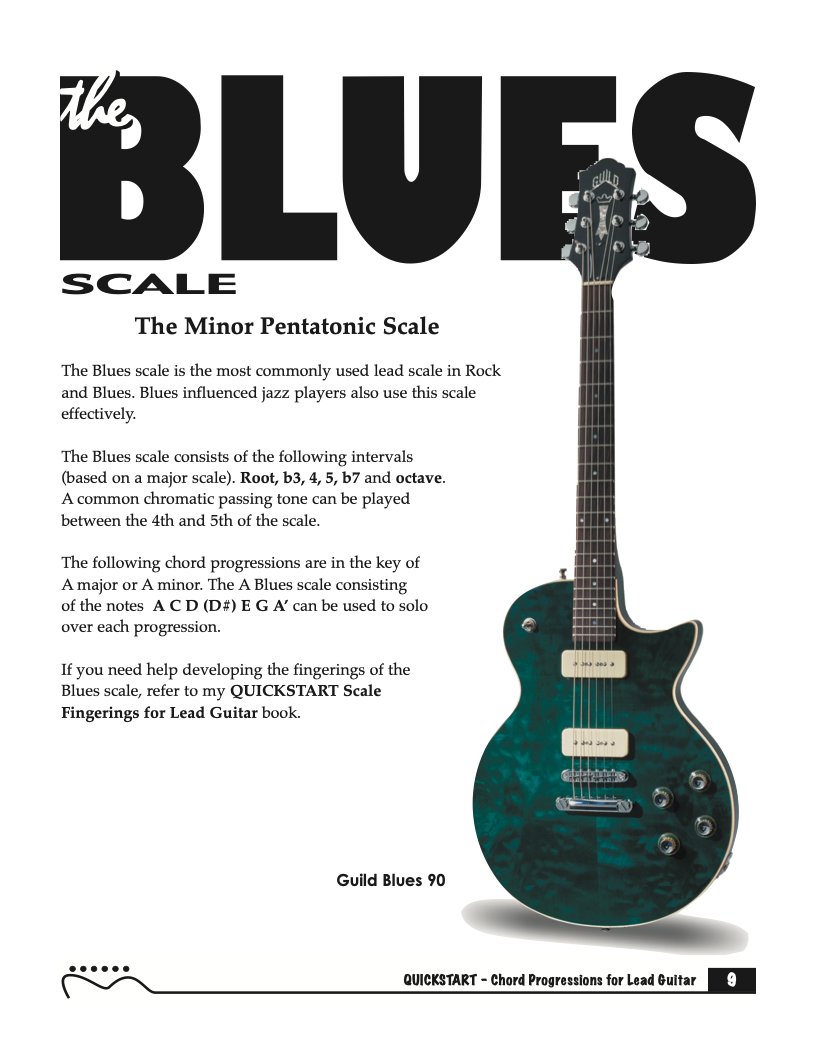
The QuickStart Blues Play-along Tracks from the QuickStart Chord Progressions for Lead Guitar. These tracks are suitable for any instruments. The Blues scale is also known by as: Minor Pentatonic and can be though of as a sub set of the Natural Minor / Aeolian scale.
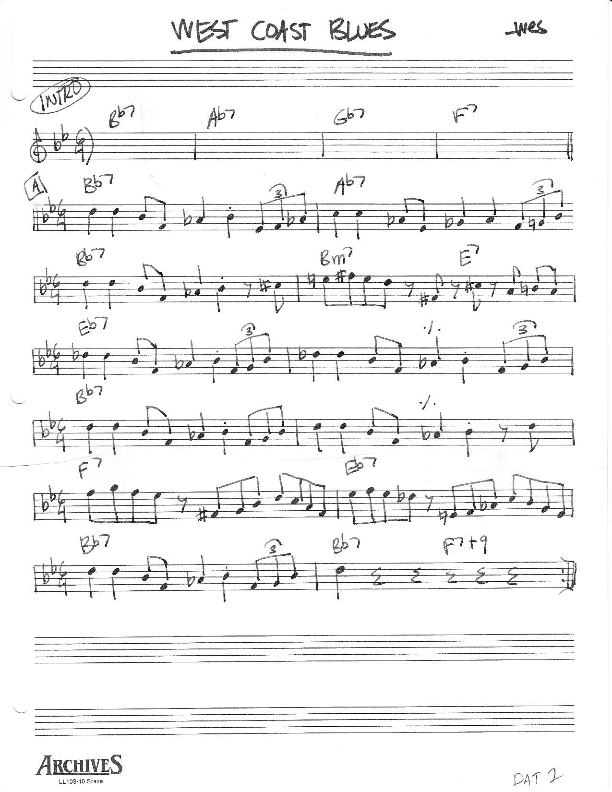
A jazz classic by the late jazz guitarist Wes Montgomery. Wes is widely considered one of the major jazz guitarists, emerging after such seminal figures as Django Reinhardt and Charlie Christian and influencing countless others, including George Benson, Kenny Burrell, Grant Green, Jimi Hendrix, Steve Howe, Russell Malone, Pat Martino, Pat Metheny, Randy Napoleon, and Emily Remler.
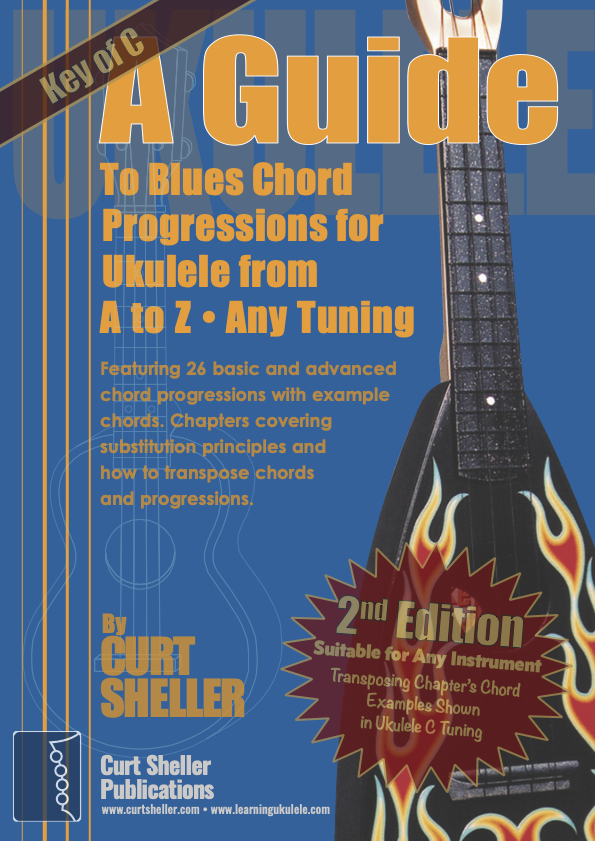
The Blues are at the heart of all American music. It has influenced Country, Rock, Folk, Jazz, Bluegrass and just about every form of American music we listen to today. 26 blues progression in C and G tuning, progressing from basic to advanced jazz progression, with chord grids and substitutions explained.
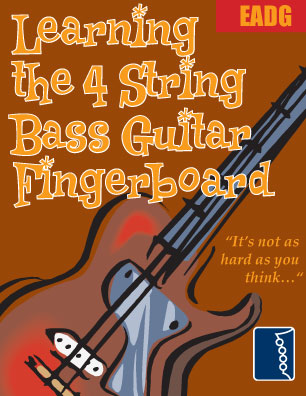
Learn the four string bass guitar fingerboard and finally get the names of the pesky notes under control. This is the same tuning that is used in the Kala UBass and instruments based on the original Road Toad bass created by Owen Holt and licensed by Kala.

Finally, learn the names of the notes of the fingerboard. Learning the notes of your instrument allows you the flexibility of not having to remember so many shapes. There are simply way too many chords, scale and notes patterns, and shapes to remember. It all comes down the notes.

Finally, learn the names of the notes of the ukulele fingerboard in C tuning .

Learn the six fingering principles to navigating the ukulele fingerboard. Fingering is one of the most universal topics. Book: Six Secrets of the Ukulele Fingering

Harmonic Analysis is the understanding of the functional sequence of chords. It is the process used to analyze the harmonic structure of a progression, song or composition. Book: Harmonic Analysis for Scale Selection and Chord Substitution

Learn to read single note melodies in the first/open position is a lot easier than you might think. Book: Ukulele – Reading Music Series – Primer

An organized collection of daily practice and reference material for the contemporary ukulele player for developing the vocabulary and knowledge necessary for single note playing. Book: Daily Practice Material for the Contemporary Ukulele
Checkout the Books & Reference Charts for additional Handy, Dandy Reference Charts.

Ukulele Fingerboard Chart for C Tuning, Low or High G – G C E A

Ukulele Fingerboard Chart for G Tuning, Low or High A – D G B E

A handy reference chart of all 15 major and relative minor key signatures. US Letter 8.5 x 11 sized (ANSI-A), A4
Checkout the Books & Reference Charts for additional Handy, Dandy Reference Charts.






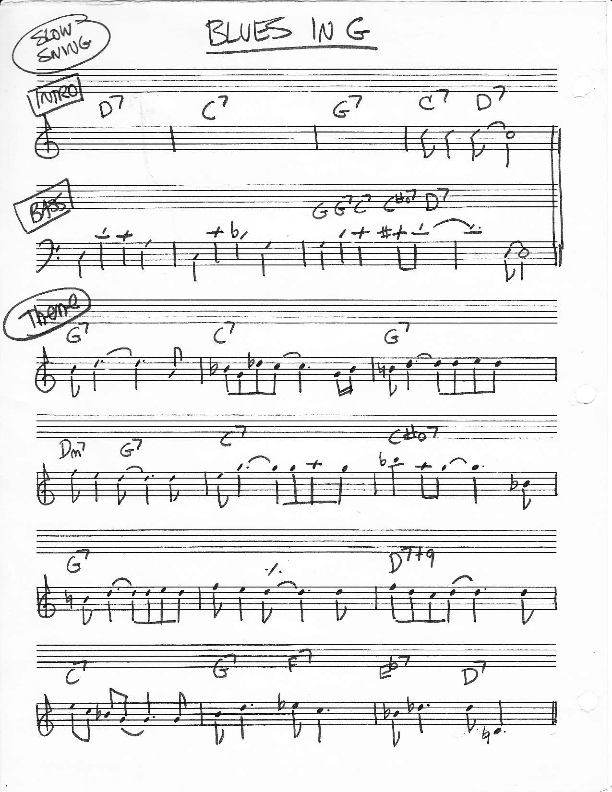
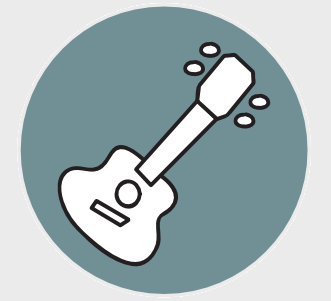
.jpg)